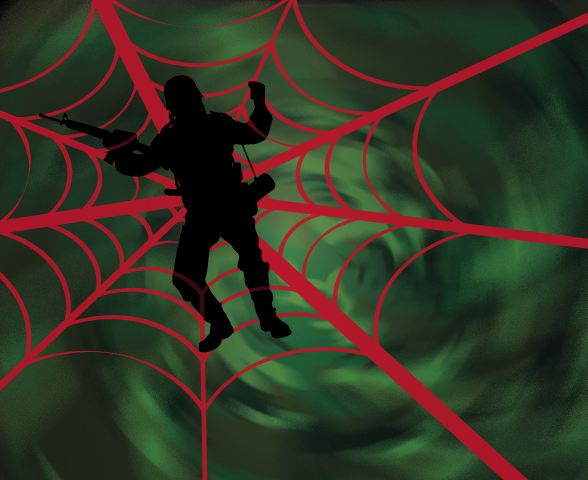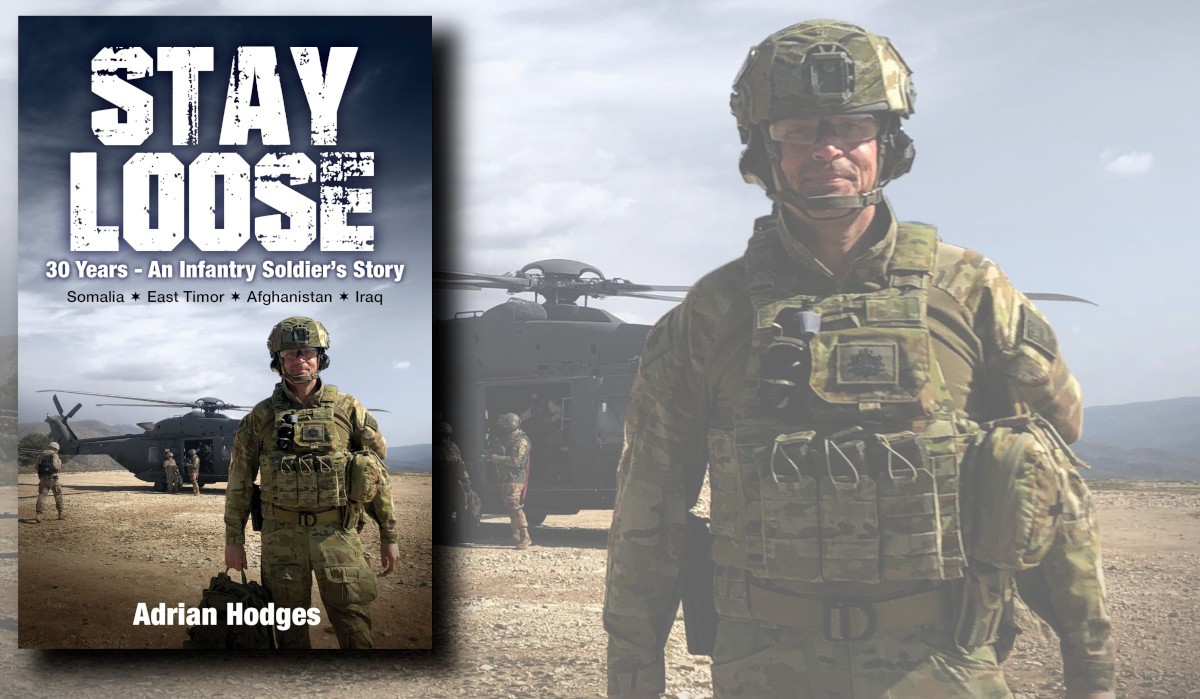History exists between twenty and sixty degrees north latitude. Intertwined within this parameter are five strategic challenges: the four potential state competitors of Russia, China, Iran, and North Korea, and the non-state challenge of violent extremist organizations filling power vacuums (commonly referred as the 4+1). Each of these nations leverages economic coercion, political influence, unconventional warfare, information operations, cyber operations, and military posture to advance their national interests. For example, Iran is a superpower within the Middle East by virtue of a three-pronged strategy of proxy warfare, asymmetrical weapons and an appeal to legions of young and frustrated males. In the Pacific, the South China Sea is the Second Persian Gulf or “Asian Mediterranean” lying at the heart of political geography in coming decades. The result of these clashes competes with a military dimension falling below the threshold triggering a traditional and decisive military response. While the nature of war—the violent clash of political will—has not changed, the Australian Army should expect future conflicts to be transregional; multi-domain, simultaneously involving combinations of land, sea, air, space, and cyberspace operational domains; and multifunctional, including conventional operations, special operations, ballistic missiles, strike, cyber, hybrid, and space capabilities.
Looking at the trajectory of capability development in the context of the 4+1 informs priorities for joint capability/acquisition development over the next 10-15 years. If the services build a force that reduces the challenges associated with the 4+1 today and in the future, Australia will possess a Joint Force responding to the uncertain operating environment, thereby resulting in a competitive advantage against any potential adversary. As such, the Australian Army requires a balanced inventory of joint capabilities allowing the services to deter and defeat potential adversaries across the full-range of military operations. With air power supplementing sea power and mobility again the essence of warfare, no region of the globe is too distant to be without strategic significance, nor too remote to be neglected in the calculations of power politics.
As a nation, Australia does not have the luxury of choosing between a force fighting the Islamic State of Iraq and the Levant intertwined with Asia-Pacific affiliates, and one deterring and defeating a peer competitor. Nor does Australia possess the opportunity of choosing between meeting current operational requirements and developing the capabilities required to meet the next 10-15 year’s forecasted obligations/theories. Not only will the pace and scope of future technologically advanced conflicts accelerate, but functional capabilities fielded by state and non-state actors will continually look for ways to harness inherent capabilities to exploit our vulnerabilities.
Albert Einstein stated, “The significant problems we face cannot be solved at the same level of thinking we were at when we created them.” Better understanding the history and culture of societies, interaction among military, interagency, and international organizations, socioeconomic makeup, political systems, and other factors in the operational environment serve as precedents to increase the capacity of military planners to project the art of technological warfare supplanted over geography. Conflict is inherently complex and unpredictable. Technology growth and education are key enablers to gain advantages over our adversaries, but no amount of technology or training enable us to accurately predict reactions of complex systems. The fundamentals of warfare remain the same over the coming 10-15 years. War is not composed of the tactics of targetry or an algebraic/heuristic approach to ensuring effects resulting from military responses, but operations guided by commander’s intent and constant feedback mechanisms enabling effective and timely execution that set the conditions for mission accomplishment.
The maturity of technological amphibious power projection over the coming 10-15 years displays challenging the art and science of warfare. For example, there is a requirement for a sea-based remote piloted aircraft strike capability launched either from amphibious shipping for shaping fires, which autonomously collaborates to swarm to support defensive and offensive missions, and overwhelm the adversary's use of the radiofrequency spectrum. Meanwhile, multi-national joint capabilities in a coalition environment are required to defeat the deficit of a lack of amphibious shipping. A coalition environment requires a more robust communications interface enabling integrated communication networks supportive of partners and others to share and collaborate across various domains. Finally, through close and enduring coalition partnerships, coordinating elements of national power into a comprehensive approach to joint operations increases the collaborative means to gain and maintain a shared understanding of the historical and enduring problem, and the complexity involved in developing comprehensive solutions.
Navigating toward these future technologically advanced adversarial operating environments, the Australian Army needs to transition from an exercise mentality orchestrated around a manageable adversary towards a competent and ready amphibious warfighting organization. Within the near region-operating environment, likely missions continue to support humanitarian assistance and security operations, which increase capacity building fostering a policing mentality vice warfighting. The future is bleak. Land based armies are a World War II affiliation. As such, the Australian Army must transition to combat generation ready and able to support Australia’s national interest by forward amphibious power projection. Bottom line: Is the Australian Army ready and able to fight future wars or content with policing near region interests?




